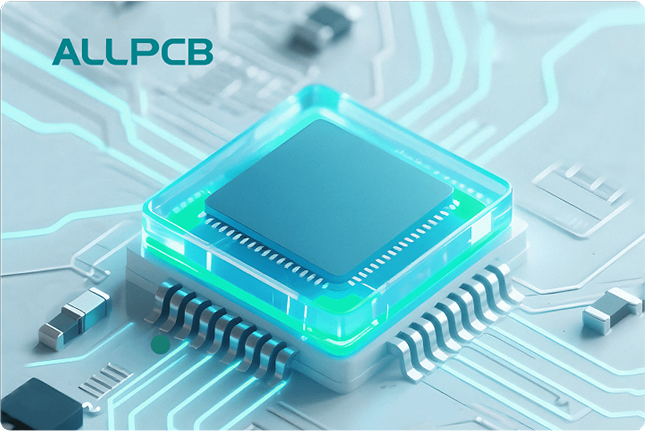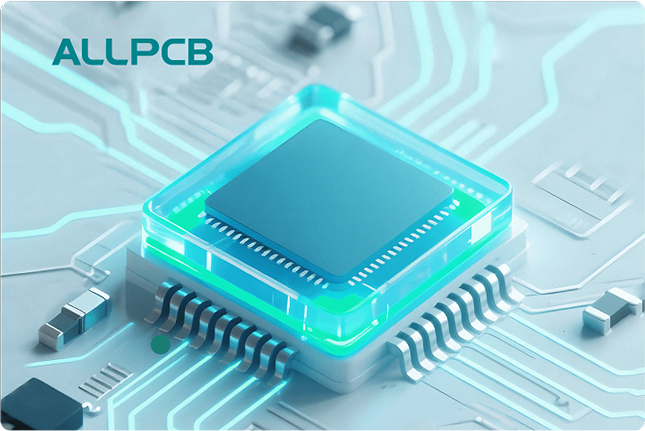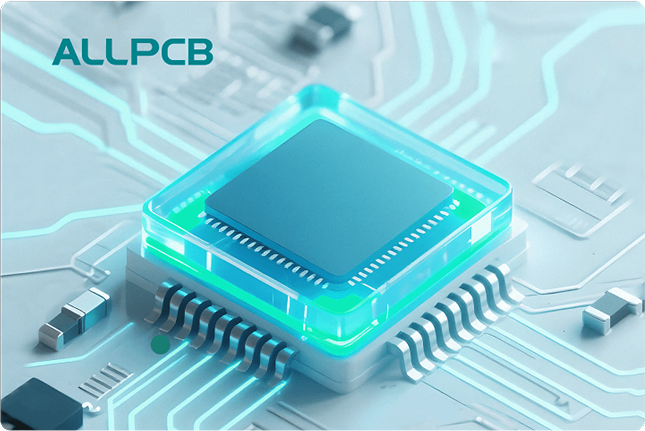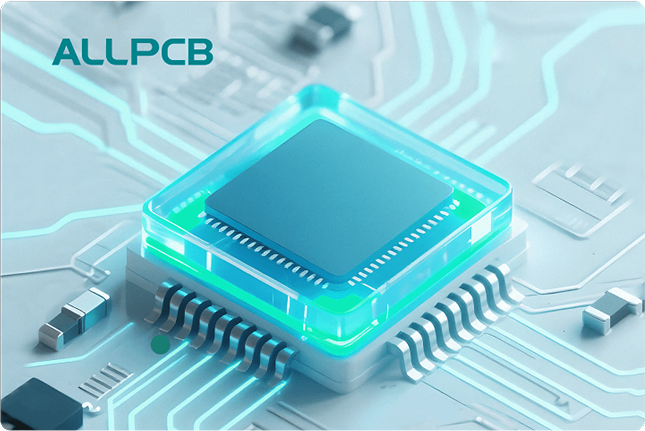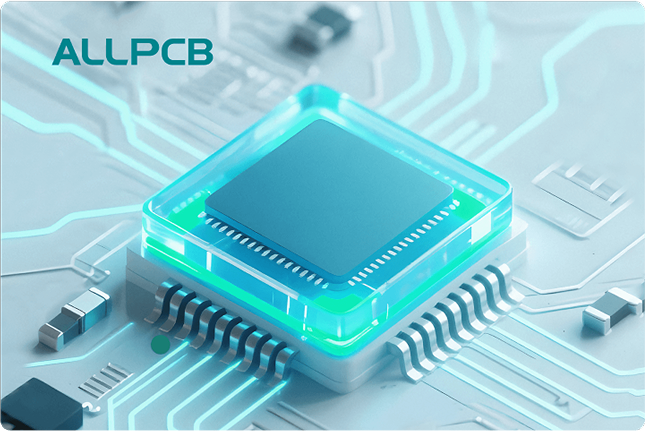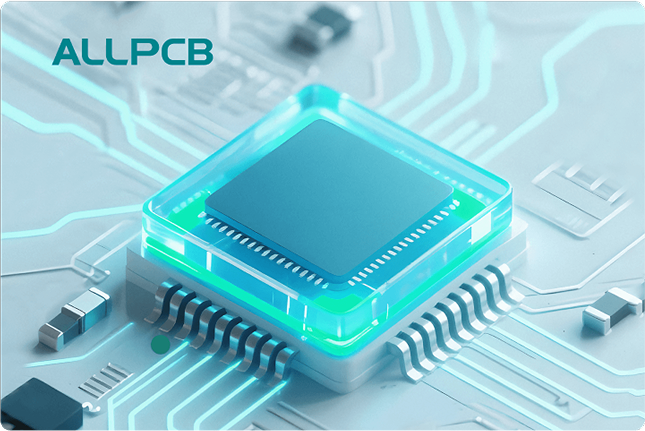Are you looking for ways to enhance the protection of your printed circuit boards (PCBs) with adhesives and conformal coatings? Adhesives play a critical role in ensuring conformal coatings provide robust defense against environmental hazards like moisture, dust, and thermal stress. In this comprehensive guide, we’ll explore adhesives compatible with conformal coatings, techniques for preventing conformal coating delamination, the use of adhesives for sealing edges of conformal coatings, the benefits of underfill adhesives for enhanced protection, and a detailed conformal coating adhesive application guide. Whether you're an engineer or a hobbyist, this blog will provide actionable insights to safeguard your electronics.
What Are Conformal Coatings and Why Do They Need Adhesives?
Conformal coatings are thin, protective layers applied to PCBs to shield them from environmental factors such as humidity, chemicals, and extreme temperatures. These coatings "conform" to the shape of the board, covering every component and connection to prevent damage. However, without proper adhesion, these coatings can peel, crack, or delaminate, leaving your PCB vulnerable.
This is where adhesives come into play. Adhesives compatible with conformal coatings ensure a strong bond between the coating and the PCB surface, preventing issues like delamination. They also help in sealing edges and providing additional structural support through underfill applications. Understanding the right adhesive for your conformal coating is essential for long-term reliability, especially in harsh operating conditions.
Types of Adhesives Compatible with Conformal Coatings
Choosing the right adhesive is crucial for ensuring compatibility with your conformal coating material. Not all adhesives work well with every type of coating, such as acrylic, silicone, urethane, or epoxy. Here are some adhesive types commonly used:
- Epoxy Adhesives: Known for their strong bonding and resistance to chemicals, epoxy adhesives are often used with epoxy-based conformal coatings. They provide excellent adhesion to a variety of substrates and can withstand temperatures up to 150°C.
- Silicone Adhesives: These are flexible and ideal for silicone conformal coatings. They offer good thermal stability, withstanding temperature ranges from -40°C to 200°C, and are resistant to moisture.
- Acrylic Adhesives: Often paired with acrylic coatings, these adhesives are easy to apply and provide decent protection against humidity and mild chemical exposure.
- Polyurethane Adhesives: These are versatile and work well with urethane coatings, offering durability and resistance to abrasion.
When selecting an adhesive, consider factors like curing time, thermal expansion properties, and compatibility with the coating material. Mismatched adhesives can lead to poor bonding or chemical reactions that degrade the coating over time.
Preventing Conformal Coating Delamination with the Right Adhesives
Delamination occurs when a conformal coating separates from the PCB surface, often due to poor adhesion, thermal stress, or moisture ingress. Preventing conformal coating delamination starts with surface preparation and choosing the right adhesive.
First, ensure the PCB surface is clean and free from contaminants like dust, oil, or flux residues. Even a small amount of residue can weaken the bond between the adhesive and the board. Use isopropyl alcohol or a specialized cleaner to prepare the surface. Studies show that proper surface cleaning can improve adhesion strength by up to 30%.
Next, apply a thin layer of adhesive or primer designed for your coating type. For instance, some silicone coatings require a specific silicone-based primer to enhance bonding. Apply the adhesive evenly to avoid air bubbles, which can create weak spots. Finally, cure the adhesive and coating as per the manufacturer’s guidelines—incorrect curing temperatures or times can cause stress points leading to delamination.
In high-stress environments, consider using adhesives with low coefficients of thermal expansion (CTE). A CTE mismatch between the adhesive, coating, and PCB material can lead to cracking under temperature cycles. For example, a typical FR-4 PCB has a CTE of around 14-17 ppm/°C, so choosing an adhesive with a similar value can minimize stress.
Adhesives for Sealing Edges of Conformal Coatings
The edges of a PCB are often the most vulnerable to environmental damage because coatings can lift or crack at these points. Adhesives for sealing edges of conformal coatings provide an extra layer of protection by creating a robust barrier against moisture and contaminants.
Edge sealing adhesives are typically applied after the conformal coating to reinforce the perimeter of the board. Silicone and epoxy adhesives are popular choices for this purpose due to their durability and resistance to environmental factors. For example, a silicone adhesive can seal edges effectively in applications exposed to humidity levels as high as 85% RH (relative humidity).
To apply edge sealing adhesives, use a precision dispensing tool to ensure the adhesive covers only the edge areas without overflowing onto components. Cure the adhesive at the recommended temperature—often around 80°C for 30 minutes for many silicone-based products—to achieve optimal bonding.
This technique is particularly useful for PCBs used in automotive or marine environments, where exposure to salt spray or high humidity is common. Sealing edges can extend the lifespan of a PCB by preventing moisture ingress, which can cause corrosion of traces and components.
Underfill Adhesives for Enhanced Protection
Beyond surface coatings, underfill adhesives for enhanced protection are used to reinforce components mounted on PCBs, especially in high-vibration or thermal cycling environments. Underfill adhesives are applied beneath surface-mounted components like ball grid arrays (BGAs) to reduce stress on solder joints and improve mechanical stability.
Underfill adhesives work hand-in-hand with conformal coatings by providing localized protection. They prevent cracking of solder joints due to thermal expansion differences between the component and the PCB. For instance, underfill adhesives can reduce stress on BGA joints by up to 50% under temperature cycles from -40°C to 125°C.
Common underfill materials include epoxy-based adhesives with low viscosity for easy flow under components. These adhesives often have high glass transition temperatures (Tg) around 120°C to maintain stability at operating temperatures. When used with conformal coatings, underfill adhesives create a dual-protection system, ensuring both the surface and critical components are safeguarded.
Conformal Coating Adhesive Application Guide
Applying adhesives for conformal coatings requires precision and attention to detail. Follow this conformal coating adhesive application guide to achieve the best results for your PCB protection:
- Surface Preparation: Clean the PCB thoroughly to remove contaminants. Use a lint-free cloth and a solvent like isopropyl alcohol. Allow the board to dry completely before proceeding.
- Adhesive Selection: Choose an adhesive compatible with your conformal coating type. Check the manufacturer’s datasheet for compatibility and curing requirements.
- Application Method: Use a brush, syringe, or automated dispenser to apply the adhesive. For edge sealing, a fine-tip syringe ensures precise application. For underfill, use a low-viscosity adhesive that flows easily under components.
- Quantity Control: Apply only the necessary amount of adhesive to avoid excess buildup, which can interfere with the coating or component function. For example, a 0.1 mm layer of adhesive is often sufficient for priming before coating.
- Curing Process: Follow the recommended curing time and temperature. Many adhesives cure at room temperature in 24 hours, while others may require heat (e.g., 80°C for 1 hour). Ensure proper ventilation during curing to avoid trapped vapors.
- Inspection: After curing, inspect the adhesive and coating for air bubbles, uneven application, or delamination. Use a magnifying tool to check edge seals and underfill areas.
Proper application can significantly improve the reliability of your PCB. For instance, well-applied adhesives and coatings can protect against dielectric breakdown at voltages up to 1000V, ensuring operational integrity in high-power applications.
Benefits of Using Adhesives with Conformal Coatings
Integrating adhesives with conformal coatings offers several advantages for PCB protection:
- Enhanced Durability: Adhesives prevent delamination and cracking, extending the lifespan of the coating and the PCB.
- Improved Environmental Resistance: Sealed edges and underfilled components resist moisture, chemicals, and thermal shock better than coatings alone.
- Mechanical Stability: Underfill adhesives reduce stress on solder joints, preventing failures in high-vibration settings like automotive electronics.
- Cost-Effectiveness: Preventing damage through proper adhesion reduces repair and replacement costs over time.
For example, in a study of PCBs used in industrial settings, those with properly applied adhesives and coatings showed a 40% lower failure rate compared to those without adhesives over a 5-year period.
Common Challenges and How to Overcome Them
While adhesives offer significant benefits, there are challenges to consider during application:
- Incompatibility Issues: Using an adhesive not suited for the coating material can lead to poor bonding. Always test compatibility on a sample board before full-scale application.
- Thermal Stress: Mismatched CTE values can cause cracking. Select adhesives with CTE values close to your PCB material (e.g., 14-17 ppm/°C for FR-4).
- Application Errors: Uneven adhesive layers or insufficient curing can weaken protection. Use automated dispensing tools for consistency and follow curing guidelines strictly.
By anticipating these challenges and planning accordingly, you can ensure a reliable protective system for your PCBs.
Conclusion: Secure Your PCBs with the Right Adhesives
Adhesives are a vital component in maximizing the effectiveness of conformal coatings for PCB protection. From selecting adhesives compatible with conformal coatings to preventing conformal coating delamination and using adhesives for sealing edges of conformal coatings, every step matters. Incorporating underfill adhesives for enhanced protection and following a detailed conformal coating adhesive application guide can make the difference between a PCB that fails prematurely and one that lasts for years under harsh conditions.
At ALLPCB, we understand the importance of reliable PCB protection. By integrating the right adhesives into your conformal coating process, you can ensure your electronics perform consistently, no matter the environment. Start by evaluating your adhesive and coating needs today, and take the first step toward robust, long-lasting PCB protection.
 ALLPCB
ALLPCB


